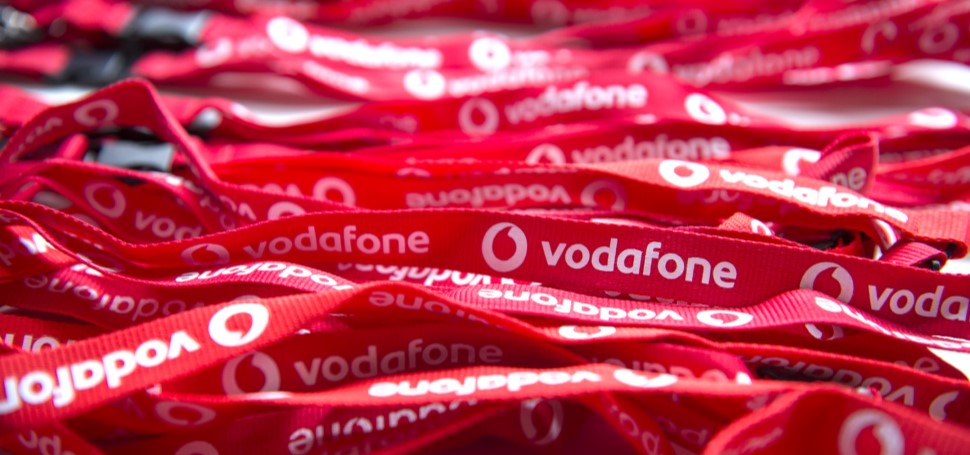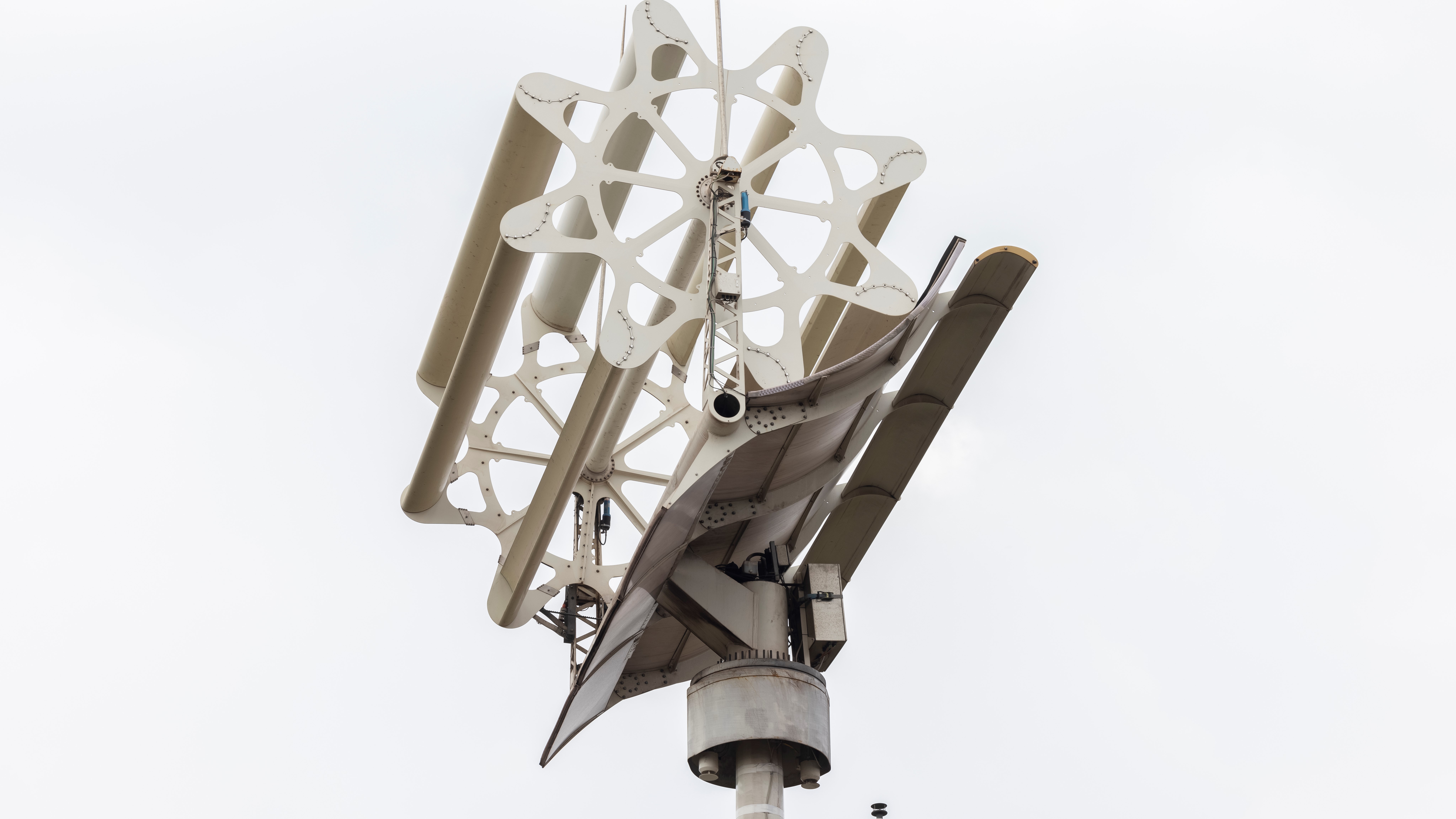Vodafone is building self-powering phone masts to improve rural coverage
New mast design uses quiet wind turbine to generate energy

Vodafone says self-powered phone masts will help it achieve net zero in the UK by 2027 and reduce the cost and complexity of deploying mobile infrastructure in the most remote parts of the UK.
Energy consumption is one of the biggest expenses for mobile operators, while it is also one of the biggest causes of emissions. Meanwhile, the availability of fibre backhaul and a connection to the electricity grid are two of the greatest difficulties associated with building masts in rural areas.
Vodafone believes the new mast design it has been working on with Crossflow Energy for the past two years helps address these two challenges.
Vodafone self-powering masts
The design combines Crossflow’s wind turbine technology with the latest innovations in solar and battery power to create a reliable energy source that eliminates the need to be connected to the electricity grid and to diesel generator backups.
The use of renewable energy reduces the environmental impact of the site, and a quiet bird-friendly turbine ensures the mast is suitable even for areas of outstanding natural beauty. All of these qualities will be useful when helping the government achieve its mobile coverage targets.
“It’s a fantastic opportunity to show how our self-powered Eco-Tower solves the problem of harnessing ‘small wind’ to offer not just that all important carbon reduction but also significant commercial benefits,” said Martin Barnes, Crossflow energy CEO. “In the case of Vodafone, it will help to accelerate the expansion of rural connectivity, transform energy consumption patterns and deliver significant economic and carbon savings.
“Our turbine technology has equally strong applications for so many other industries, but to have such a high-profile player as Vodafone deploying our Eco-Tower is a major endorsement for us and our technology.”
Are you a pro? Subscribe to our newsletter
Sign up to the TechRadar Pro newsletter to get all the top news, opinion, features and guidance your business needs to succeed!

Vodafone’s UK network is already powered by 100% renewable energy while its consumption has been minimised thanks to more efficient network equipment and analytics technology, as well as the decommissioning of less efficient legacy core and 3G radio infrastructure.
It plans to achieve net zero by 2030 and across its entire supply chain by 2040. Other environmental initiatives include the use of more power-efficient 5G radio units as well as the use of drone technology to create digital twins that eliminate the need for site visits by engineers. It also hopes OpenRAN technology will reduce energy use even further.
A trial of the new mast design will be held later this year before a wider rollout across the UK.
“We are committed to improving rural connectivity, but this comes with some very significant challenges. Connecting masts to the energy grid can be a major barrier to delivering this objective, so making these sites self-sufficient is a huge step forward for us and for the mobile industry,” said Andrea Dona, Vodafone chief network officer.
“Our approach to managing our network as responsibly as possible is very simple: we put sustainability at the heart of every decision. There is no silver bullet to reducing energy consumption, but each of these steps forward takes us closer to achieving net zero for its UK operations by 2027.”
If you're looking for a new contract, then our best Vodafone mobile phone deals are a good place to start
Steve McCaskill is TechRadar Pro's resident mobile industry expert, covering all aspects of the UK and global news, from operators to service providers and everything in between. He is a former editor of Silicon UK and journalist with over a decade's experience in the technology industry, writing about technology, in particular, telecoms, mobile and sports tech, sports, video games and media.